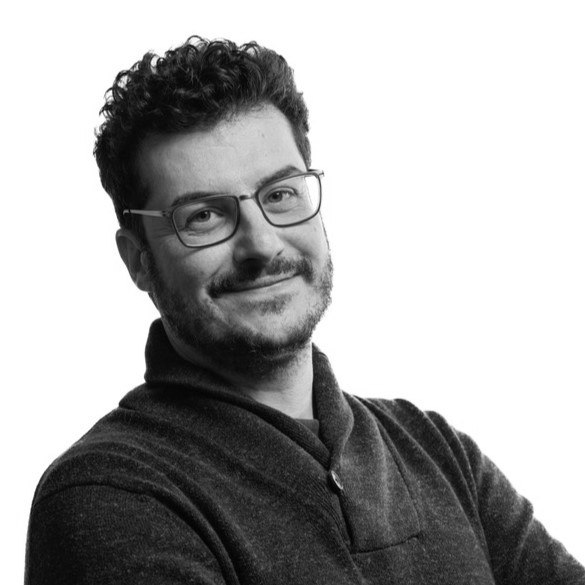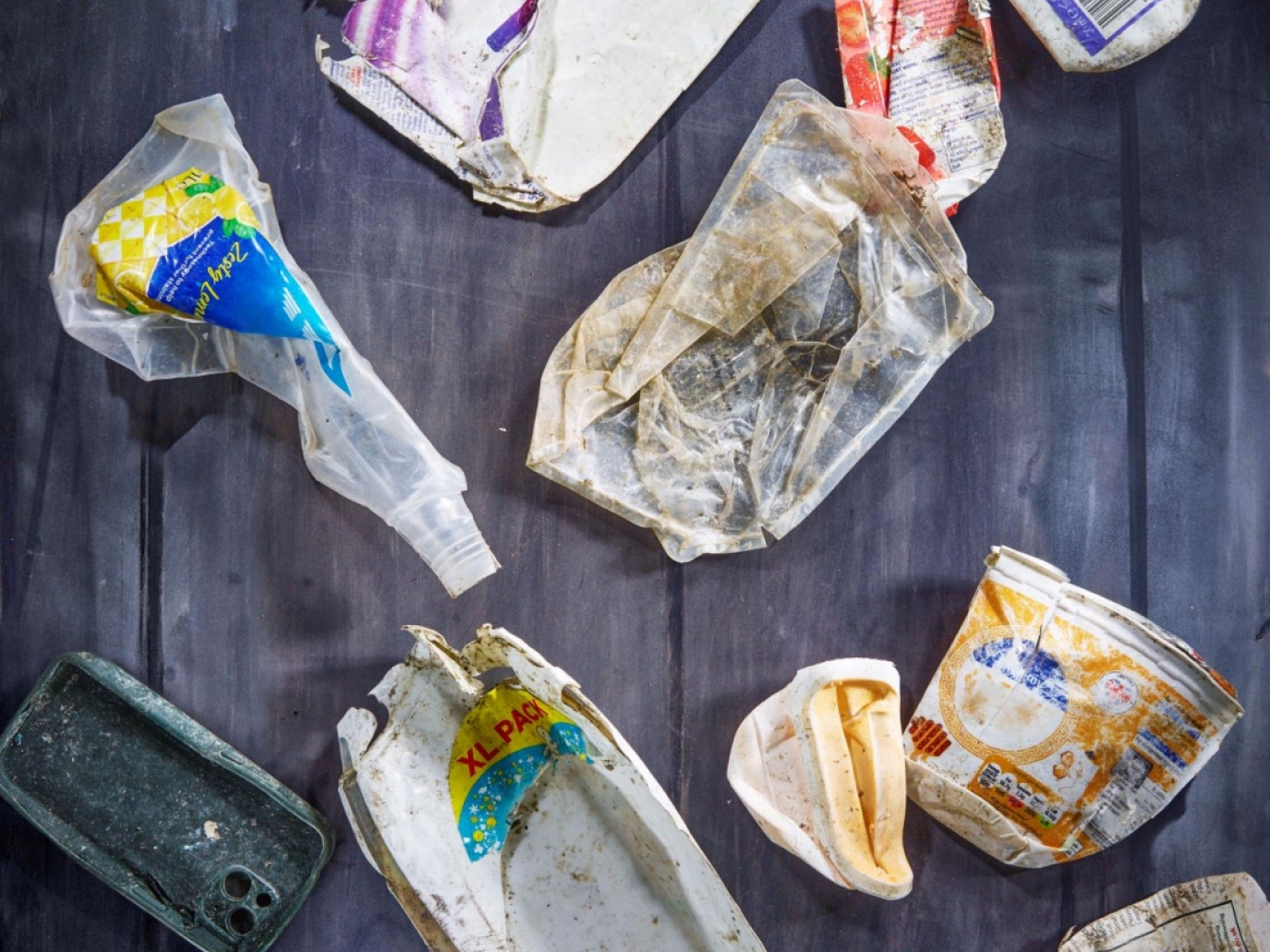* from Koblenz
An intelligence capable of making decisions within milliseconds, based on information learned gradually over time, improving day by day the ability to distinguish a waste. The appearance it is almost boring, a not-so-bulky box mounted on a noisy, plastic waste super sorting machine. The result is astonishing: it can process packaging waste in milliseconds, sorting food and non-food grade plastics. In fact this machine is a major advancement in the circular economy.
We are in the suburbs of Koblenz, a city where the Rhine and Moselle rivers meet under the gaze of the immense statue of Wilhelm I. Materia Rinnovabile, in the testing departments of TOMRA Recycling, a leading developer of waste sorting technologies, got a preview of the new application capable of sorting food-grade and non-food-grade plastics for PET, PP and HDPE.
Tomra's GAINnext system
The innovation was made possible by the company's intensive research and development in deep learning, a branch of Artificial Intelligence that has taken sorting machinery to a new level.
"For the first time with our GAINnext system we can quickly, efficiently and on a large scale separate food-grade plastics from non-food-grade plastics for PET, PP and HDPE," Volker Rehrmann, VP and head of Recycling at Tomra, tells us as he greets us at Tomra's offices, in front of the new operating spaces that testify to the great expansion that one of the leading names in circular economy technologies is experiencing.
Food grade sorting has always been a real challenge for the industry because food and non-food packaging are often made of the same material, thus visually very similar. This makes it difficult for existing marketed sorting systems to identify and separate them properly.
Now, thanks to a deep learning system, TOMRA’s Gain technology (now GAINnext, to emphasize its evolutionary leap) can distinguish complex objects and PET packaging of different colors (impossible to sort with traditional optical sensors), processing up to 60 kg of waste per minute and always continuing to learn in the case of new packaging formats.
Successful test, forward with bottle-to-bottle food
Under the eyes of the sales manager, Fabrizio Radice, a technician tips a bin of PET waste of various types onto the sorting machine's conveyor belt: milk bottles, non-food oil containers, San Pellegrino mineral water bottles, and so on. The result is surprising indeed: even if one item or two are not properly sorted, the level of accuracy in sorting the material reaches 95 percent, ensuring a high level of purity of the recycled material. For so many companies, bottle-to-bottle of food products is finally a reality.
"This way we can finally meet the demand from food and cosmetics sectors for food-grade recycled PET, PP and HDPE plastics," says Indrajeet Prasad, Product Manager Deep Learning at TOMRA Recycling. Completing the suite for food-grade plastics are an application for deinking paper for cleaner paper streams and a PET cleaner application for even higher purity PET bottle streams.
An important market, a step forward for plastic recycling
"Today one hundred Autosort units have already been installed with GAINnext," explains Fabrizio Radice. Various companies such as Berry circular polymer and Viridor from UK and Nord-Pal-Plast plant from France (part of Dentis Group) mount this technology.
And the expectation is that for every three Autosort systems sold, one will be equipped with the GAINnext system, thus enshrining the importance of AI in recycling. For Volker Rehrmann, "AI has the power to transform resource recovery as we know it, and our latest sophisticated deep learning-based applications reinforce our position as a pioneer in this field. The use of AI is driving material circularity at a time when it is most needed, with tightening regulations and increasing customer demand for technologically advanced solutions. We at TOMRA are proud to be driving change in the selection process".
In support of the company's innovation also comes EU legislation on Recycled plastic packaging in contact with food (EU 2022/1616), which requires a level of purity equal to the result achieved by the AI system that will, at least for some time, guarantee a near-monopoly advantage for the company. At least for once technology and legislators are moving at the same speed. And a fast one.
This article is also available in Italian / Questo articolo è disponibile anche in italiano
Image: Tomra
© all rights reserved



